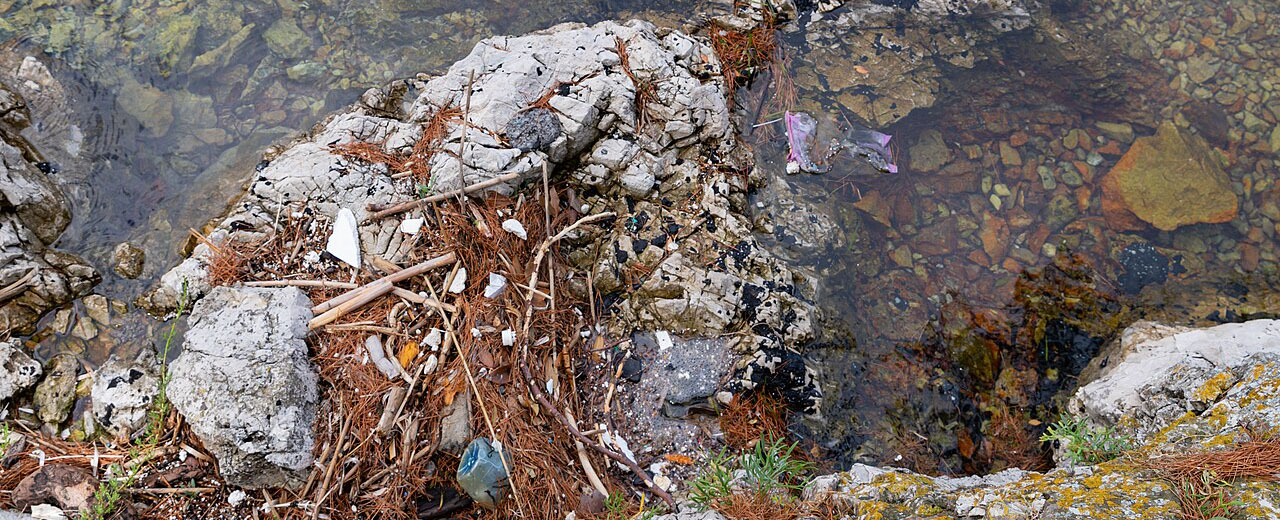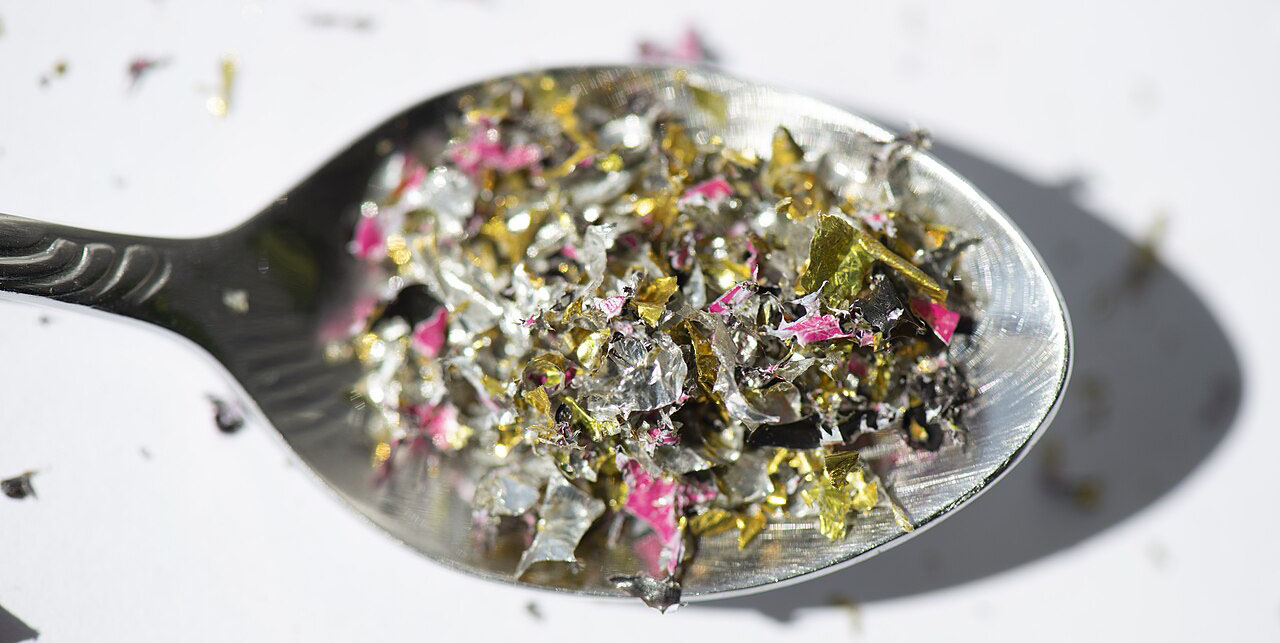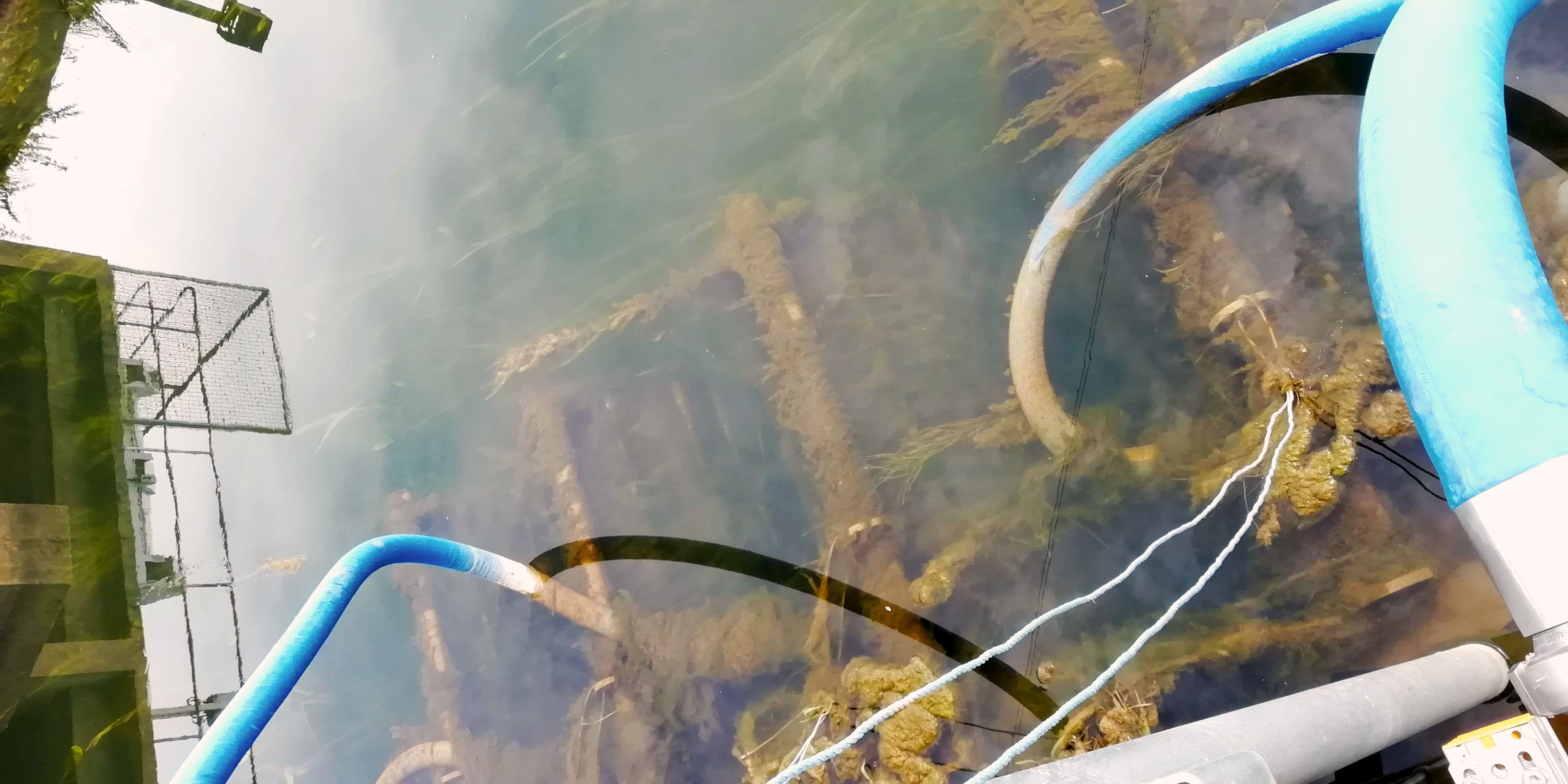
Screening and Filtering Water for Use and Re-use
Water Filtration and Screening from water source through the Urban Water Cycle, often several times, and back to source. How we screen this precious resource, recycle and re-use it.

Christofero Centenario
Published

dronepicr, CC BY 2.0 <https://creativecommons.org/licenses/by/2.0>, via Wikimedia Commons https://upload.wikimedia.org/wikipedia/commons/5/5c/Microplastics_in_Mljet_National_Park_in_Croatia_2848738883061 29.jpg
The common definition of Microplastics is that microplastics are tiny plastic particles that measure between five millimetres in size and 5 microns in size. Plastic pieces below 5 microns in size are classified as nano-plastics, but they are a whole other story for another article.
Plastic particles within this size range are either made that size - for example the microbeads in washing powders and cosmetics, or plastic pellets used in manufacturing - or they are the result of the breakdown or deterioration of larger plastic items. The latter being by far the largest contributor to global microplastics.
Plastics manufacturing technology geared up in the late 1940's - global plastics production in 1950 was 2 million tons. Demand was there (and still is) for lightweight, strong, inert and corrosion resistant, flexible and versatile, inexpensive manufacturing materials.
There is now an extensive range of plastics, and global production is now pushing 300 million tons annually.
Add ‘disposable’ to plastic's enviable attributes, and it is easy to see how light, long-lasting durable bits of plastic can now be found anywhere on the planet. As plastics accumulate, they can degrade in soil and concentrate in the food chain; the health and safety risks are at best uncertain.
Water is a very efficient medium for spreading microplastics; it is also one of the least tricky media from which to remove them.

© European Union, 2025, CC BY 4.0 <https://creativecommons.org/licenses/by/4.0>, via Wikimedia Commons https://upload.wikimedia.org/wikipedia/commons/8/81/Microplastics_-_P061337-450501.jpg
Filtration technology has evolved - and continues to evolve - significantly since the beginning of the plastic era. Cynics might suggest that this is merely a corollary of our species' lack of concern for our environment. Nonetheless, there are many ways and means of removing particulate from water. Microplastics are endemic to our water courses and seas - whatever tech we have, we cannot feasibly clean up whole oceans.
We can however remove plastic pollution from water we take from water sources, and ensure that water returned to the natural environment is plastic free. The water that we use can be screened and filtered to remove microplastics for recycling or environmentally sound disposal.
A word about filtration. It can be costly and time-consuming particularly when using fine aperture mesh to screen out tiny pieces of plastic from large volumes of water. Screens can block, flow can be interrupted. Time and Money.

Self-cleaning water intake filters in a river supplying filtered river water to a water treatment works.
Initial filtration by self-cleaning intake screens sited directly in a closed water source - a lagoon or tank or sump to collect the screened out plastic - is a good first step. This is the front line of microplastics filtration, the heavy lifting, getting the bulk of the larger pieces out before the finer filtration required to remove the tiniest particulate.
Filtering out microplastics from water is a staged process, remove the big bits, work down to removing the smallest bits. It makes sense to capture as much of the larger particulate as possible with an open system. Removing the smallest plastics requires closed systems and pipework, often under pressure.
Pre-filtration of secondary and tertiary filter systems is crucial. Reducing the amount of larger microplastic entering closed filtration systems the better, as this prolongs the life of filter media and reduces the probability of clogging and blocking pipework and equipment.
Removing the smallest microplastics requires a degree of filtration that borders on the microscopic. 5 microns means five thousandths of a millimetre. Tiny.
There are several methods for filtering out particulate this small, and this is an area of research continually developing new tech and methods. Currently, the most common methods of fine microplastic removal are:
All of which require at least one stage of pre-filtration, often a combination of filters diminishing in aperture to get down to below 1 micron.
Ultrafiltration (UF) typically needs pre-filtration to remove larger particles that can clog or damage the UF membrane. Without pre-filtration, suspended solids can form a layer on the membrane, which reduces water flow, increases pressure drop, and shortens the membrane's lifespan. Pre-filters, such as fine screen filters and sediment filters, protect the UF membrane and help maintain system efficiency.
Pre-filtration is crucial for ultrafiltration:

Ultrafiltration membrane system used on an activated sludge wastewater treatment plant, installed by Aquabio Ltd. ©Aquabio Ltd. https://creativecommons.org/licenses/by-sa/3.0/
Activated carbon filters need pre-filtration to protect them from dust and larger particles that can clog the porous carbon surface, reduce flow, and shorten the filter's lifespan
Pre-filters are a standard and highly recommended component in both air and water filtration systems using activated carbon. Pre-filtration:

OXYCON: a hybrid activated carbon technology in which the filters are aerated. Jeralckx, CC BY-SA 3.0 <https://creativecommons.org/licenses/by-sa/3.0>, via Wikimedia Commons, OXYCON_actieve_koolfilter.JPG
Reverse Osmosis (RO) systems absolutely require pre-filtration. The fragile semi-permeable RO membrane is expensive and can be easily damaged or clogged by larger particles and chemicals present in the source water. A multi-stage pre-filtration process, which typically includes a screen filter, sediment and carbon filters, protects the membrane and ensures the entire system operates efficiently.
Pre-filtration is critical for an RO system to protect against damage, increase the life of the RO membrane and ensure efficiency of operation.

Reverse osmosis system at Bedok NEWater Factory Z22, CC BY-SA 4.0 <https://creativecommons.org/licenses/by-sa/4.0>, via Wikimedia Commons https://upload.wikimedia.org/wikipedia/commons/0/0b/Reverse_osmosis_system_at_Bedok_NEWater_Factory.jpg
Share this insight
Contact our friendly experts now
to discuss your project
Or call our team on:
01297 560229
Related articles
View all
Water Filtration and Screening from water source through the Urban Water Cycle, often several times, and back to source. How we screen this precious resource, recycle and re-use it.

How Rotorflush Filters Ltd's products help preserve and improve natural environments and aquatic wildlife populations that might otherwise be damaged by our insatiable demand for natural water. How Rotorflush products help reduce the demand for natural water and can be used for water re-cycling. Rotorflush Products for Environmental Improvement